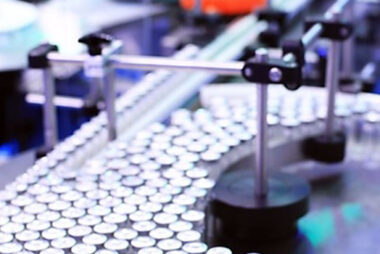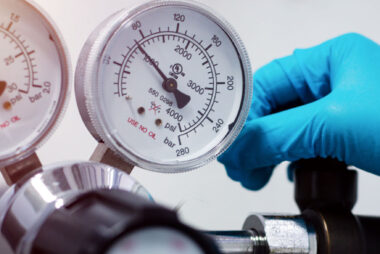
The High Performance Liquid Chromatography (HPLC) platform allows Excite Pharma to offer our customers a number of different and important services for their projects. The two main features the HPLC platform is known for are quantitative analysis and qualitative separation.
On the quantitative side, there are two methods: external and internal, both of which are performed using a calibration curve. The external standard method creates a calibration curve for a standard sample and unknown samples are quantified using the calibration. In the internal standard method, a fixed amount of an internal standard substance is added to an unknown sample when creating a calibration curve using a standard sample, and a calibration curve is created with the concentration ratio vs. peak area ratio for quantification.
On the qualitative side, identification of a sample component is performed by comparing its retention time with that in a standard sample. If a complex chromatogram with many peaks is obtained or if the retention time of the target component differs between the standard and the actual sample, the target component is identified by adding the standard sample to the unknown sample. Analyzing the HPLC-collected components by IR or mass spectroscopy enables a reliable qualitative analysis.
Using both or these processes (quantitative and qualitative) is going to help identify our customer’s compound, and what it consists of. For instance, if you are looking for a specific impurity, this series of analysis would provide that information.
We also offer organic impurity analysis on our compounds, which tells our customers exactly the amount of impurity in their substance, or whether, perhaps, their substance already had this much impurity to begin. The same is true with related substance analysis, which allows us to identify what is in a given drug product or drug substance and how much. Additionally, we have our standard list of assays and identification, which further identifies a compound by telling you how much is present, and how it is separated by material.
We keep our assay list up to date, and it outlines the methods and protocols we have transferred, as well as those we have developed ourself using different techniques to meet the needs of our clients.
The customers we have been able to help most in the past are those who have tried to do it in-house using their own methods, but seem to have hit a “bump” in their processes. They bring their method to us, evaluate it and work with us to design a project that will meet their dataset needs. We have been doing this now for years and we have the expertise and equipment to do virtually anything our customers need on the HPLC. We can get your project in, set you up with answers on your method, and begin your project right away.











